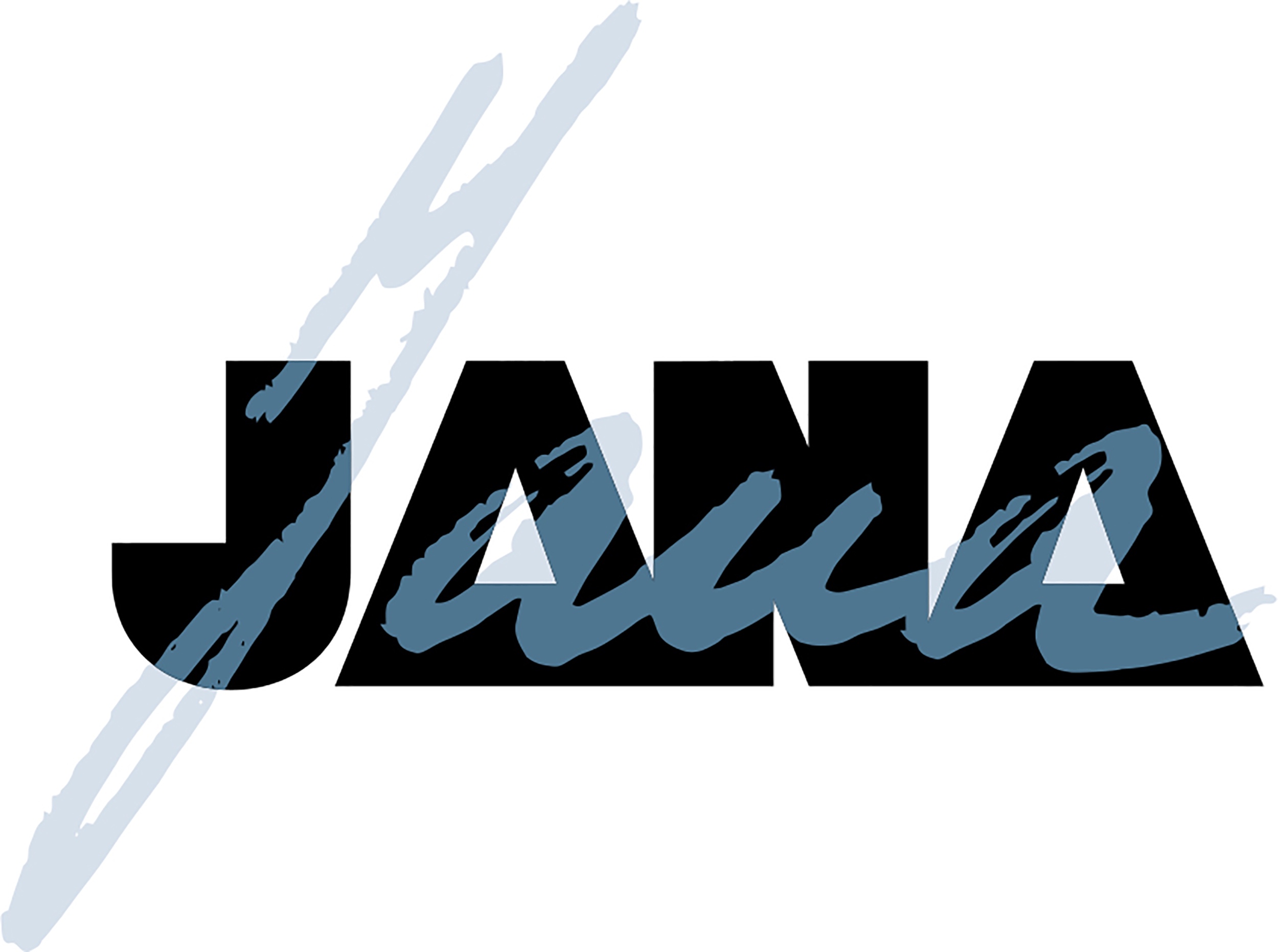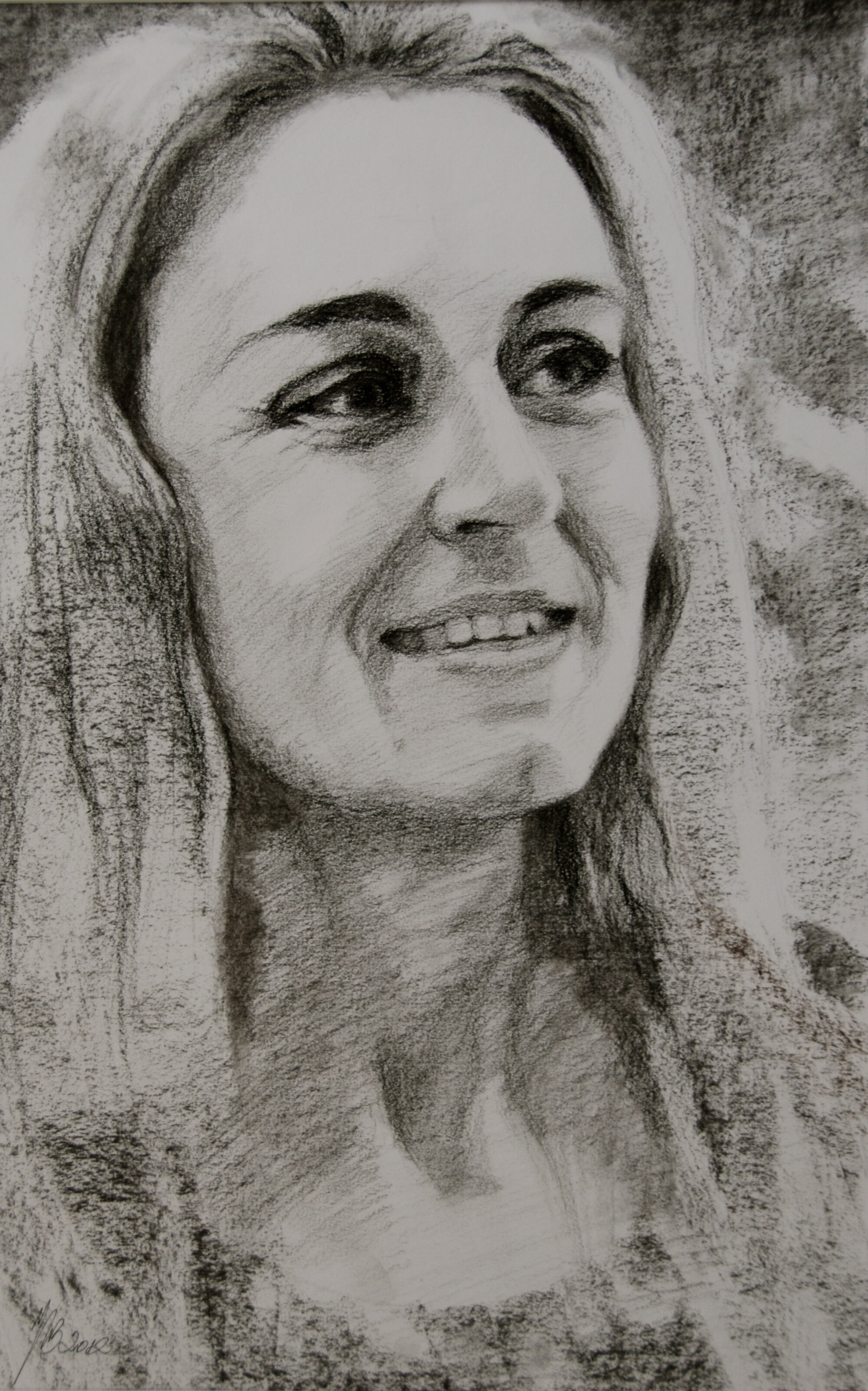Women from Permanent Impressions in 2021
TINA WILSON - Interviewed by Carmen Jenner
Responsible for the highly coveted Black Swan Prize for Portraiture, now known as the Lester Prize, as an artist herself Tina Wilson was only too aware of the lack of opportunities for local artists. She was instrumental in building a bridge paved with creativity for WA artists. After 10 years at the helm of this prestigious art award, Tina is rediscovering a passion for own art and publishing in idyllic northern NSW. We caught up with Tina to find out how it was for to be on the opposite side of the canvas and about her delightful series of children’s book.
After pausing your own art endeavours to curate an art award, you’ve re-emerged as an artist and a publisher.
I went from running an art show to doing my own art again. After working with the Lester Prize for 10 years, I had achieved my goal of getting it into the Art Gallery of Western Australia. I was able to step back and watch a new team take it to the next level. I returned to my own creative projects and I’ve been working on a series of children’s books over the last three years.
Can you tell us about the book you have coming out in September?
Afloat in Venice is the first book in my Monkey’s Great Adventures series. It combines my love of travel and adventure with hand-crafted knitted characters knitted by my mother. I’m currently working on the second book in the series, which is coming out in September 2022.
Monkey’s a little bit different though because its animated and photographed in real life situations.
It has a nostalgic feeling to it and is about a little soft toy that has a life of his own and plays into the delightful way kids believe their favourite toys are alive. My partner Matt Ottley created the music to accompany the book and I have animated the images for live performances. When it’s launched in Perth in September, musicians from WASO will play the music live in front of audiences as part of the popular Sound of Picture Books initiative. It will be performed at The Literature Centre and then tour to Bunbury and Joondalup.
How did Monkey cope during Covid?
He was quite happy travelling around the world until the pandemic hit. So, then he started planting vegetables like everyone else.
What else is on the horizon?
I have an illustrated science philosophy poetry coffee table book also coming out in September. It was written by Nicholas Bennett and is called The Dying Alchemists: Reflections on existence.
How would you describe your art style?
My style changes depending on the project. I like to experiment with things that relate to nature or that give children joy.
So, you write, illustrate and publish your books through your publishing company One Tentacle Publishing.
We’re just a very small publisher where we help artists create the work they want to create rather than being constrained by the commercial restrictions of the publishing industry. It’s a bit like a joint venture where skills are brought together to create an end-product we can all share in.
Who handles the distribution of your books?
We eliminate the middleman, the distributor, who normally takes 70%. We do the hard yards and handle the distribution ourselves by making connections with bookstores, schools and festivals. We get out there meeting people to promote the books.
Now known as the Lester Prize, what was it like developing the Black Swan Prize?
It was the most incredible experience of my life. It was like a giant roller coaster ride and made extremely memorable by the friendships formed with many of the artists. It was like a huge family of like-minded people where everyone added their knowledge. I think their passion and contribution is what helped me get it off the ground and hopefully this is what keeps it going.
Can you recall any significant highlights during that phase?
For me, it was always the winning artists and their reactions to the recognition. And probably my proudest achievement was establishing the Artists’ Prize, where the artists who are finalists choose the winner. Being awarded a prize by their peers is a unique initiative in the art world and is perhaps even more of an affirmation of their talents and abilities than being awarded the judge’s prize.
Jana painted your partner Matt Ottley’s portrait, which hung in the National Portrait Gallery. What was it like for you being on the other side of the canvas and having your portrait painted?
It was an interesting experience as I was going through an incredibly difficult time in my life and I was blown away by the way Jana captured that. The tilt of my head represented how I was trying to hold my head high. It takes a very skilful portrait artist to capture an emotion that perhaps the subject is trying to hide. It was the same for Matt’s portrait too – she portrayed the man that I know and love.
What was it like seeing your portrait for the first time?
I loved it and I appreciate it as an artwork. It was like looking at a part of yourself staring back at you that you weren’t expecting to see.
Are there any highlights as an artist that you’d like to share?
Yes, finding my own truth and feeling comfortable with my art has taken me a really long time. I think some of that is because I started out as an artist at 18 years of age and I really wanted to become a children’s book illustrator and wildlife artist. But then life got in the way and I ended up curating an art prize.
Returning to your art must have been incredibly rewarding.
To finally come back to my art has been amazing but now I’m more in control of that process because I’ve learned so much through working with so many other artists. Sharing that world has made what I’m doing far more rewarding than it probably would have been had I pursued it when I was younger.
Do you have a message for someone wanting to become an artist?
Follow your bliss.
What do you hope the future will bring?
More drawing, writing and appreciating life. And hopefully building connections with audiences. After having left the portrait prize those connections are something I have missed and being back in schools has made me realise how much I love sharing that knowledge. It’s not so much about the creation of the book or the art but its where it can then take you afterwards. I imagine this is the same for Jana.
Do you have anything to add?
My immense respect for Jana and how she’s never given up and just pushed through the hard times. It’s a testament to her ability in the way she perceives and captures her subjects. I think her book is such an amazing resource for WA and for artists in general to know what’s possible if you believe in yourself.


